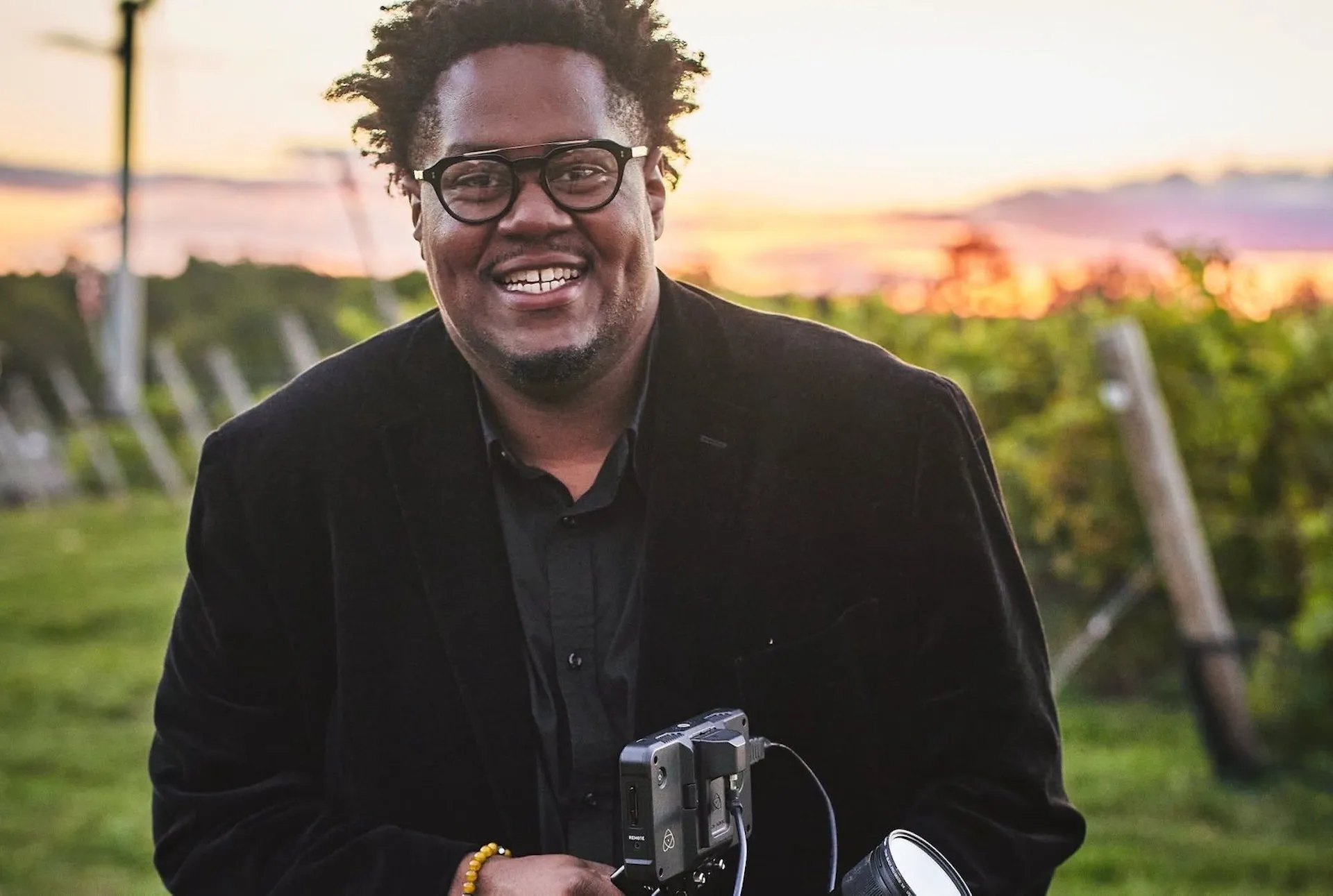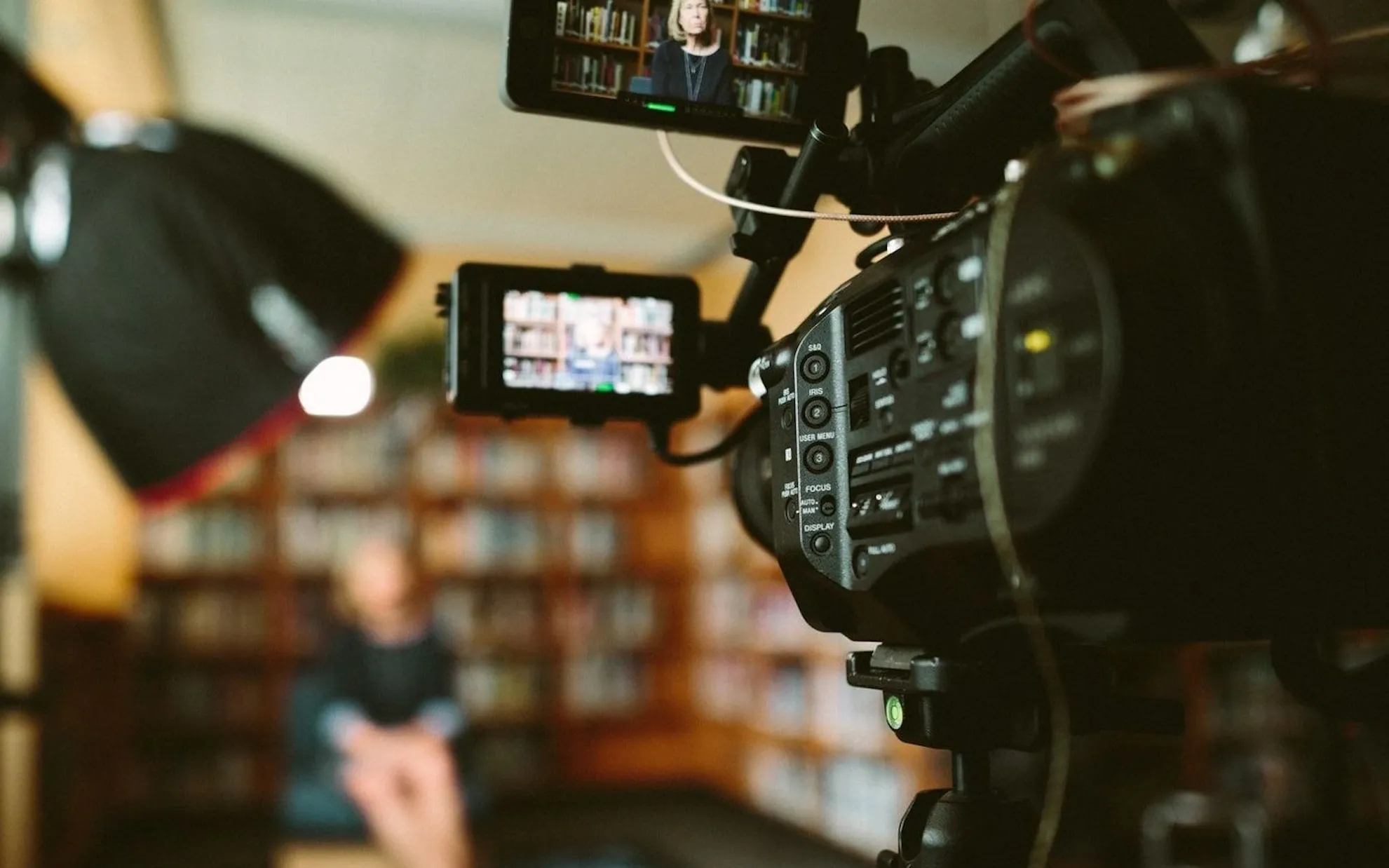5 ways to improve your digital storytelling
Tristan Barrocks, ‘The Digital Storyteller,’ guides us through the ABCs of great digital storytelling and provides five ways to improve your storytelling today.

Tristan Barrocks, AKA The Digital Storyteller, guides us through the ABCs of great digital storytelling and provides five ways to improve your storytelling today. If you want to become even better at crafting a story, this one’s for you.
What lens did you use? What camera was this shot on? Is this 4K or 8K? These are some of the many questions creatives ask when trying to learn how their favorite filmmakers or creatives produce their award-winning masterpieces. Many —including myself — hope that if they could buy the right tool or shoot in the exact frame rate, it would magically turn us into a digital storytelling savant.
The truth is that telling an engaging, immersive, and impactful story has less to do with the gear used, and more to do with the intentional care or crafting a great story.
For over a decade, I have devoted myself to understanding the elements of great storytelling. For many content creatives, the vehicle used is digital storytelling, which makes perfect sense.
The challenge is that often we focus so much on the ‘digital’ part of the equation, we forget about refining some of the fundamentals of great storytelling. Here are five ways to improve your digital storytelling for both the budding creative and seasoned storytelling vet.
Make your story human-centered
In many of my workshops, I often challenge the participants to show humanity in their stories. Why? Because no one cares about stories that they cannot relate to. Whether we tell stories about climate change, endangered species, or exotic foods, we need to center these themes around the human experience.
What are the elements of the human experience that we can all relate to? Hurt, pain, or rejection. Loss of a loved one, fear of death, the excitement of overcoming. All of these parts of being human can help to keep your stories grounded and relatable. If our audiences don’t see themselves or someone they know in our stories, they won’t care about our stories.

Define your audience
Once we get a good sense of what human-centered themes we’ll include in our stories, we need to understand who our audience is. What makes a compelling story even more impactful is the creative’s ability to understand their audience’s mind in a profound and meaningful way.
Now, you may say, “Tristan, I totally get my tribe! They love quick cuts, awesome sound effects, cool color grading, and of course, all shot in 10K resolution…”
Okay, so that last part was a bit much, but you get the point. I want us to go a little deeper than this. When I created my first Father’s Day tribute a few years ago, I wanted to make a piece for my dad.
You see, my dad has been the single most influential person in my life. He sacrificed everything to be a great father. He put his dreams down for his kids. Made all of us feel loved, and never asked to be thanked for it. I created the film for an audience of one, not realizing that so many others felt the same way. I came from a deep place of truth because I could see my tribe and speak to their reality. Here are some questions that may help with defining your audience:
What motivates your audience?
Where are they from?
What do they do for a living?
What problems do they need solutions for?
What’s important to them?
How will your perspective better inform your audience?
The best way to define your audience is by imagining that your story is a conversation and the viewers are the other participants.
Storyboard or die
Anything worth creating deserves a blueprint. Something that can keep you accountable for the final idea. Creating a storyboard is a critical part of the storytelling process because it allows you to have a clear, well-thought-out visual strategy. What shots do you need to create the desired tone? How do you prepare to get for each shot? All of these questions can be answered with a clear storyboard.
Use great music
If the visual elements of a film can be described as its ‘body,’ then the music used in a film is definitely its ‘soul.’ There is nothing more effective in enhancing your digital stories than using the right music. Music often sets the tone for important character beats — pardon the pun — and can be used as a cue for the audience to lean into the story a bit more.
It helps the story release tension and transition to new moments. Often, I discover the right song before I even start the editing process, because the music lays the foundation for me to create the moments I want the audience to experience.

Epidemic Sound is my favorite place to go when I need music to provide the emotional lift for my film. From the list of featured tracks to the extensive search functionality, Epidemic Sound is truly one of the best music platforms out there. My personal favorite tool is the Find Similar feature, which allows me to find more tracks I love based on the track already selected. This has saved me countless hours.
Create what you see
The last way we can improve our digital stories is by creating what we see. The greatest gift we can give to the world is our perspective. If people want to experience a story from me, they would be watching my content.
They are consuming your content because your perspective is unique and valuable. Your life experiences provide you with a point of view that you need to share. Don’t be afraid of your perspective — embrace it. The sooner you come to terms with infusing yourself into what you create, the more authentic your work will become. Remember: people buy, support, connect, and believe in people they like.

Recap
Although there are many other ways of improving your digital storytelling, I truly believe that these suggestions will dramatically improve your work. Always making your stories human-centered gives the viewer permission to care about your story. Defining your audience empowers you to create with confidence. Storyboarding gives you the blueprint needed to stay focused. Using great music elevates your ideas. Capturing the world from your viewpoint provides greater depth to your stories.
It takes time to perfect your creative voice, but if you stay consistent and put in the work, you will see the results. Just remember to always put the story first.
Don’t miss Tristan’s LUTs filter package for dark skin tones!
Did you know Tristan has developed a LUTs filter package for videos of people with darker skin tones? Learn more about it here.
Did you know Tristan has developed a LUTs filter package for videos of people with darker skin tones? Learn more about it here.
Tristan Barrocks is an internationally known Digital Storyteller from Toronto, Canada. He owns and operates a creative agency called #TheDigitalStorytellers, which focuses on using digital platforms to tell human-centred stories. He has worked with many brands like Apple, Topshop, and Roots Canada.

Related posts:

